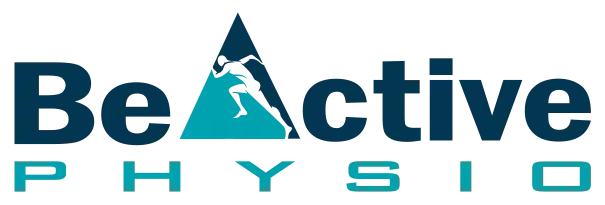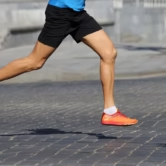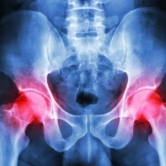Herniated Discs Can Be a Real Pain in the Back – Are You Living with One?
Do You Know How to Identify a Herniated Disc? If you’ve been experiencing back pain, it just may be a herniated disc. A herniated disc can put extra pressure on the muscles and nerves around the spinal column. Strange neck pains, back pains, or extremity symptoms can indicate a variety…




